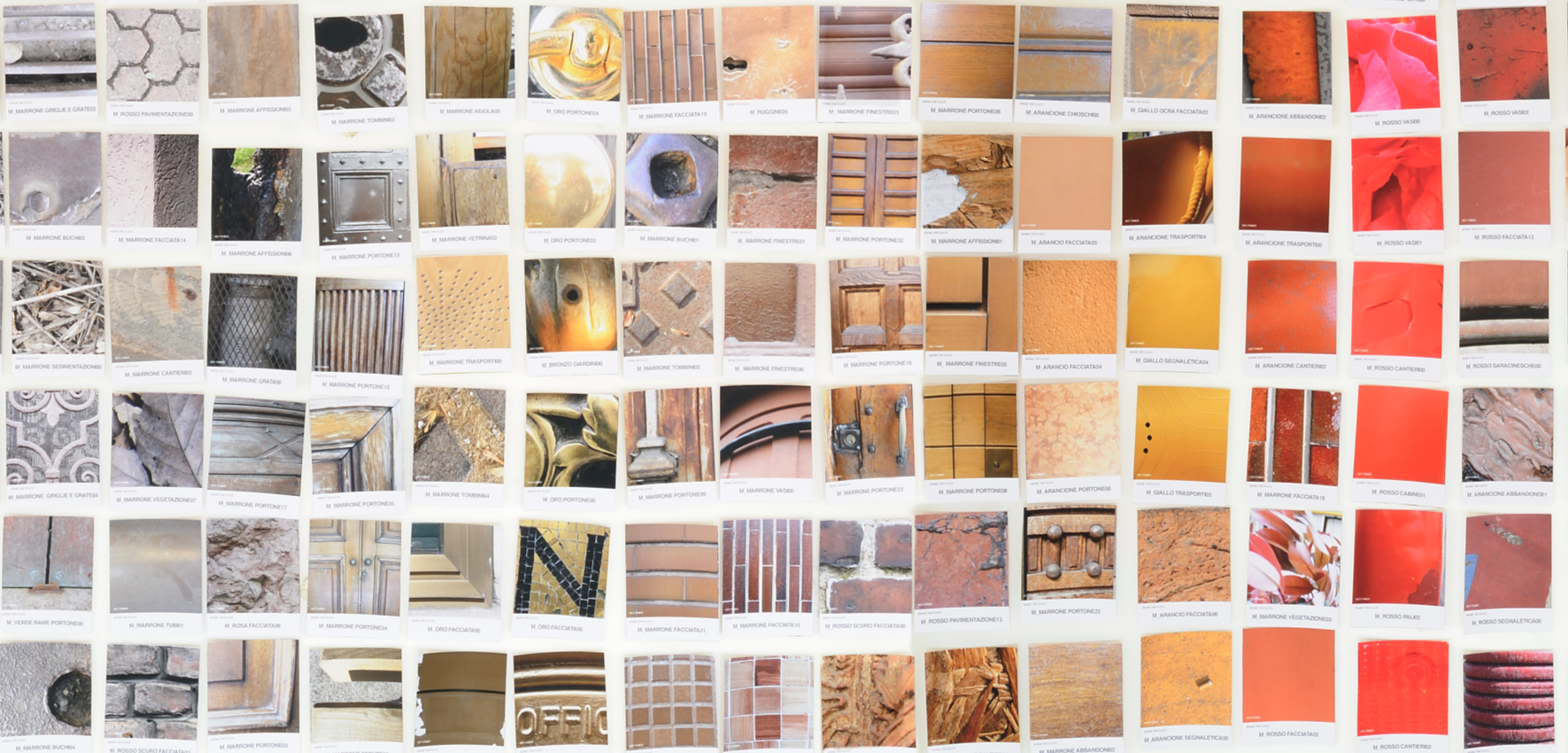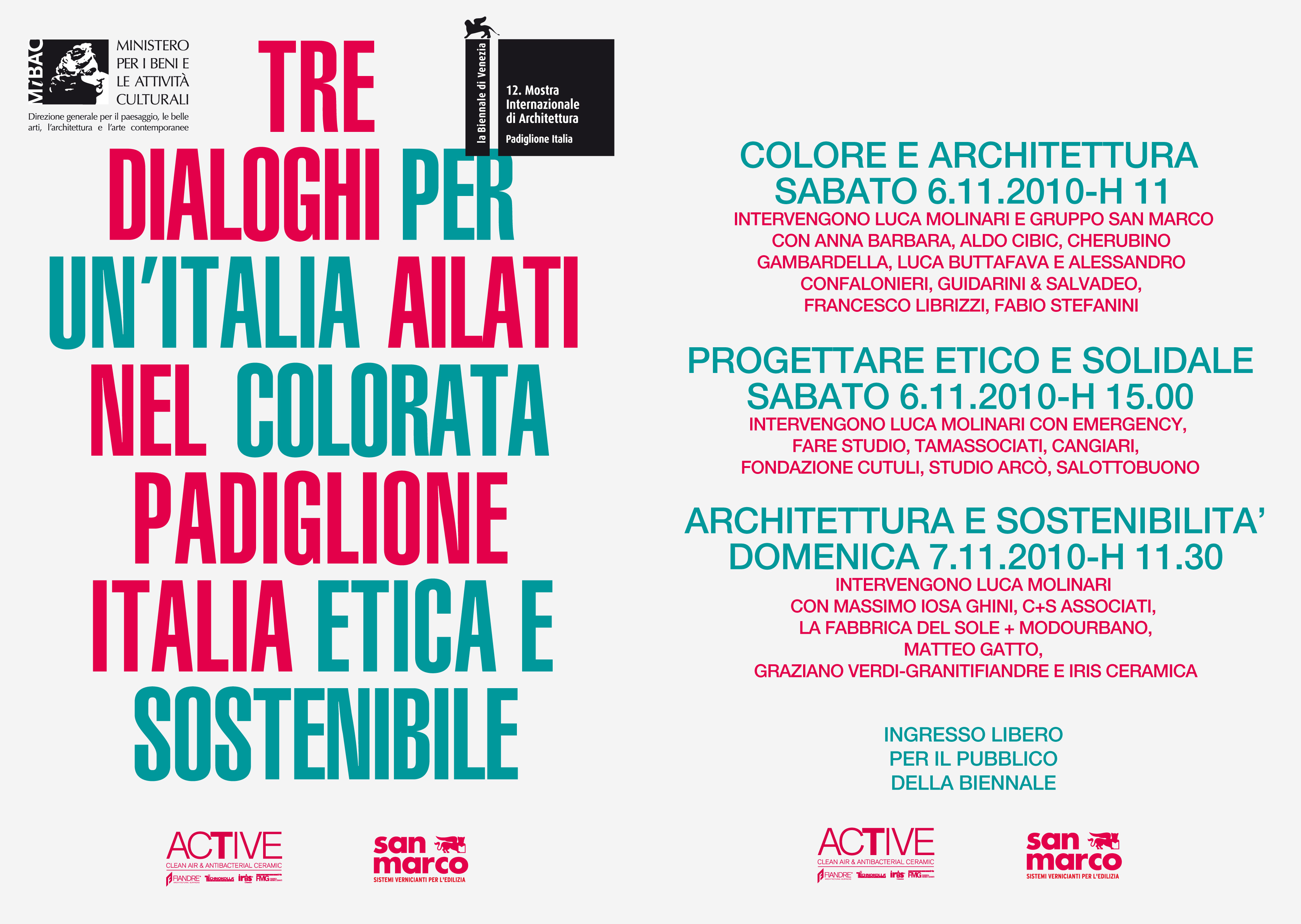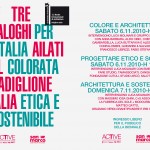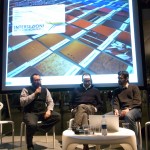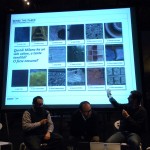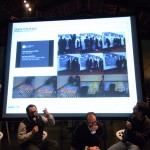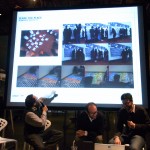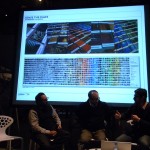Author / SenseThePlace
Cino Zucchi talks about the cultural and aesthetic values of STP
Opening day at Colasite Dhulaigh College
The colour map of Dublin made its public debut at the opening of Colasite Dhulaigh College’s end of year show, at the civic offices in Dublin on the 28th May. After this exhibition the piece will find it’s new permanent home in the corridors of the college. Excellent night had by all, and the work was great too!”
Dublin workshop
Dublin workshop
9th December 2011
text by Marc Doyle
Sense The Place Dublin was completed by the 2nd year students on the Graphic Design course in Colaiste Dhulaigh College in Dublin.
Graphic Design tends to fall into two categories: 1] a renewal of something (up dating of a logo, brand etc.) or 2] creating something totally new. This project definitely fell into the latter category.
Students were used to receiving briefs that stated clearly what they had to produce in the end. So naturally some struggled initially with the idea of ‘a process’ of producing a colour map that would represent or reflect an interpretation of a city. They were more familiar with producing ‘a result’.
The idea of trying to understand an area of space in a different way presented its own problems. “What was that way? and how do we find it?” Once the method of using a visual language was understood (having studied the colour map of Milan and how it was achieved) we had some traction.
Completing this as a group project raised some interesting learning tensions.
Who would do what? Was the workload fair? How would it be graded? Initially everyone received their part to photographically record and process, all with a view to the final piece. ‘Stage one’ was about individuals working alone and collecting photographic data. The workshop became ‘stage two’ and resulted in a very successful collaboration (almost in a production line format) of just over 20 students bringing their individual data together to contribute to the finished piece. Individual strengths & weaknesses (mine included) were balanced out during quite a long but ultimately very rewarding workshop.
While from an educational point of view, this project supported Paolo Friere’s argument that education should not only be liberating but also a two way street. The fact that learners are engaged in problem solving creates an environment where many different approaches become possible answers. With different learners these approaches to problem solving will naturally be different, and so the teacher might arrive at a solution from different directions with different classes. In doing so the educator receives an education from his students, which in turn equips him with new understandings to enable other learners in the future.
The educator is both ‘facilitating’ his/her students and ‘being educated’ by them at the same time. This acknowledgement is very important – it changes the learner’s perception of both themselves and the teacher and enables the liberation Friere spoke of.
This project not only represented a multi layered interpretation of Dublin city, it also demonstrated a type of educational praxis that is a move away from the domestication of the learner (made passive like a pet). It is a move towards the liberation of an arts based education and the people receiving it, engaging with education and knowledge as processes of inquiry.
Sense the Place: socio-semio release
text by Camilla Barone
The work put together by Sense The Place demonstrates a paradoxical perception of cities. Seen as a whole, the images depict the traces of our daily trails and routines, engraved in a city which nonetheless seems not to belong to us – seems, that is. Actually, if observed individually, one image at the time, every detail of those traces acts as a mirror which places us right there, in the midst of a Milan that we did not think we were part of. Rust on yellow metal, heels and moped prop-stands sunken into the tarmac, a myriad of ways of being disconnected from a Milanese pavement…
to read in full go to:
SENSE THE PLACE DUBLIN FINISHED!
“Finally – we have Sense The Place Dublin finished. It took a while for all the elements to fall into place, but the end result looks great! Here are some images of the workshop to assemble it, which took place on the 9/12/10. More images on the story of the day to follow.
A huge thanks to all the students from the 2nd year of Graphic Design in Colaiste Dhulaigh College in Dublin. They have been busily working on this for 2 months now and the workshop to put it all together was definitely a highlight. What started as an abstract idea became a tangible visual reality. Most impressive.”
Discovering “sense of place” through 5 senses +1
text by Giorgio Chiarello, Architect
The term ‘sense of place’ has been defined and used in many different ways and could include geographic or environmental features of a specific location or a particular lifestyle, mood, meaning, or iconic perception related to it.
Certainly “sense of place” can be further declined at it’s minimum denominator where each person has his or her personal perception of a place that is, directly or indirectly, filtered by cultural background, age, sex, economic and social status, ethnicity, etc.. and definitively has to do with how we define the values and the meanings related to place and space. Therefore our own description of our place and other places is inseparable from our identity that undoubtedly is part of the dynamic interaction of relationships that develop between self, others and the contexts and these three key elements contribute to our sense of place.
Normally places that lack a ‘sense of place’ are considered “inauthentic” and this is probably due to the fact that they have a poor or no specific relationship to the local context. They could be anywhere as occurs for the majority of the fast food chains, shopping malls, rather than the petrol stations and the anonymous roadway infrastuctures that design the urban sprawl of our cities making them all dramatically look the same.
So if sense of place is what we are trying to define, “sense the place” clearly represents an open invitation to investigate the connotation processes that somehow lead to the necessary level of awareness and comprehension of the modalities of perception-understanding-description of the contemporary city, considered not only as a mere urban infrastructure or an agglomeration of functional spaces, but as a “place-in-progress” where interaction, socialization and regeneration processes continuously redesign it’s physiognomy.
The project can be defined a “experiential” cognitive mapping process that strategically recalls to use our 5 fundamental perceptional senses as “sensors”, sophisticated de-coding tools that, through images and colors, signs and sensations, sounds and noises, smells and aromas, textures and patterns, allow us to re-read and interpret the places we live in delivering us an extraordinary picture of the world that surrounds us and, probably, of ourselves.
gruppo OPLA+
Sense the Place goes to Dublin
Sense the Place at Venice Architecture Biennale 2010
Venice Architecture Biennale – November 6th 2010. We were invited by the curator of the Italian Pavilion “AILATI”, Luca Molinari, to talk about “Sense the Place”.
The convention opens a window on contemporary architecture, pointing out possible solutions and future interpretations and highlighting the importance of Color as the “paste” and “content” of the architecture.





















